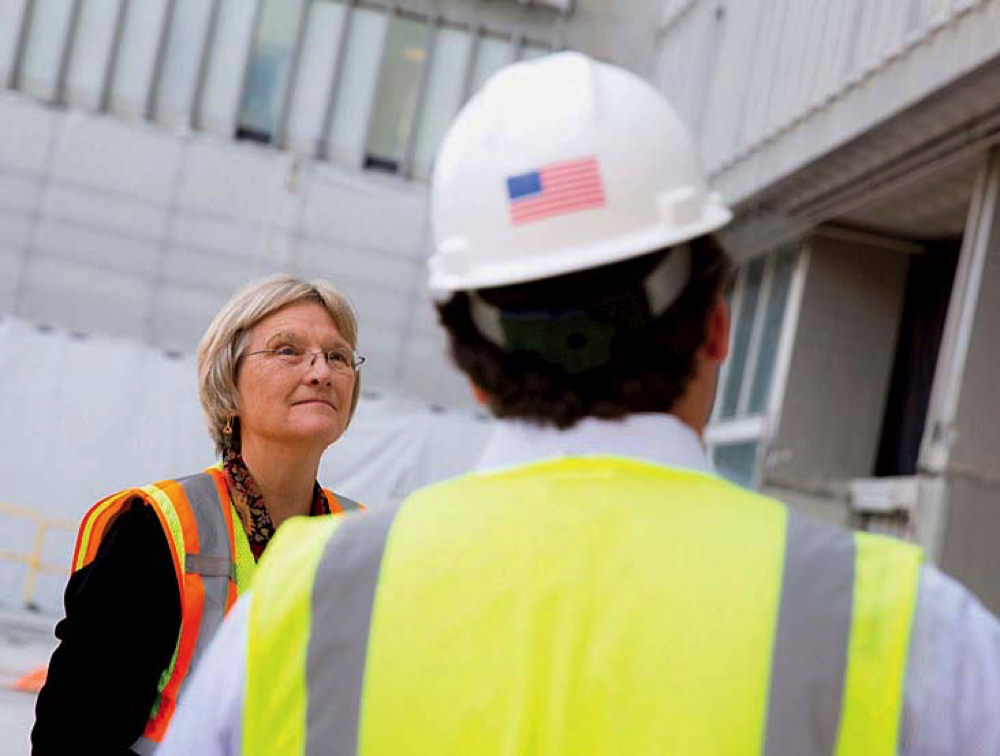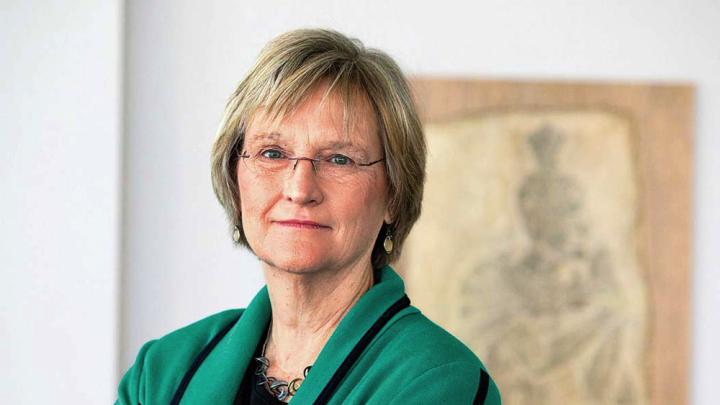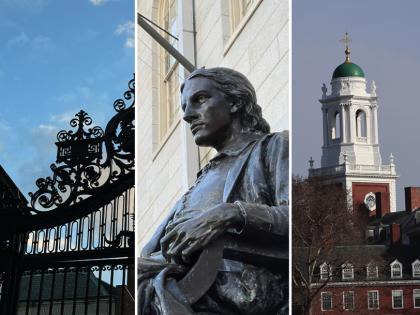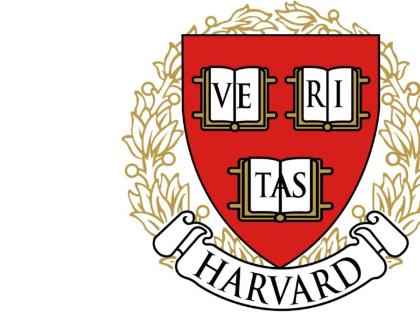Outside of Massachusetts Hall, undergraduates enrolled in Anthropology 1130: the Archaeology of Harvard Yard are diligently working to uncover pieces of the University’s past, the latest in a series of five excavations in the oldest area of campus. Once a week, they carefully sift through dirt to discover fragments of history and glimpses into lives that seem both foreign and familiar. A bone comb, a white clay pipe, and a piece of metal type from Colonial America’s first printing press: artifacts that are as much about appearance, leisure, and technology as they are about a different time. How did our predecessors inhabit and experience Harvard? How did they change it?
I reflect on those questions each time we begin a new construction project—an increasingly common occurrence thanks to the Harvard Campaign. Our successors will come to know the University, in part, through the structures we are renovating and creating today. They will inherit a Memorial Church endowed with improved accessibility and—much to the delight of summer and winter visitors—temperature control. The Science Center will feature a first floor that integrates social and study spaces; the Cabot Science Library will combine the best of Harvard’s collections with the latest in technology-enabled research tools; and the renewed undergraduate Houses and a revitalized Lavietes Pavilion will create serendipitous opportunities and anchor lifelong relationships.
The Richard A. and Susan F. Smith Campus Center, formerly known as Holyoke Center, is coming into view and generating excitement about the possibility of a common space for the entire University. Glass will replace exterior walls on the first and second floors of the building, making visible areas for gatherings and meals, as well as events and performances. The same kind of porousness is also a prevailing feature of a reimagined Kennedy School campus. Construction began last spring, and the project will connect four existing and three additional buildings while raising a central green space that will become a thoroughfare for members of the University community.
Across the Charles River, land described in 1924 as having “no natural beauty in topography or tree growth” is now home to the iconic—and expanding—campus of Harvard Business School. Early aspirations for a “self-contained school” that would “give the best opportunity for contact between students from all parts of the country” have enlarged dramatically. Tata Hall and the newly opened Ruth Mulan Chu Chao Center welcome more than 100,000 executive education participants each year, and the recently underway Klarman Hall will be a hub of activity and interaction for a community that is more diverse than its founders could have imagined.

Photograph by Rose Lincoln/HPAC
Our work in Allston is being undertaken in a context that is not “self-contained,” but thoughtfully unbound. The Harvard Life Lab, which provides equipment and support for promising life sciences ventures founded by faculty, students, postdoctoral scholars, and alumni, recently opened next to the ever-occupied i-lab on Western Avenue. Across the street, the Science and Engineering Complex is taking shape. In four years, it will add nearly half a million square feet to our campus and become an intellectual hub for hundreds of undergraduates and graduate students, as well as the majority of faculty from the Harvard Paulson School of Engineering and Applied Sciences.
Through time and space, the University has comprised people and place, connecting the two in ways that spark ambitions and shape lifetimes. The growth of Harvard’s campus from four buildings in the seventeenth century to more than six hundred buildings today is not just a marker of remarkable progress, but an expression of our commitment to considering and reconsidering all that this very special place can—and ought—to be. We are elevated, now and always, by our openness to change and our willingness to break new ground together.









